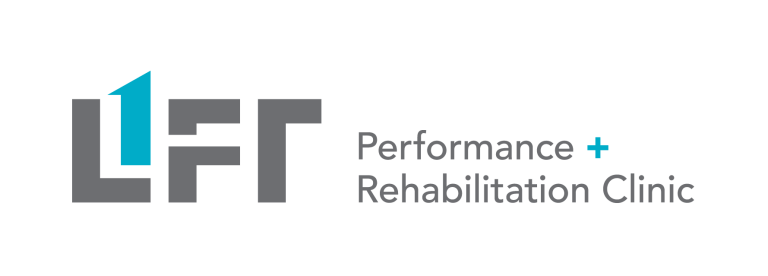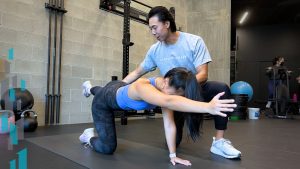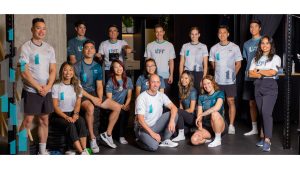Want to improve your linear speed and outrun the competition? Our strength coaches are here to help!
If you’ve been keeping up with our partnership with Misfit Ultimate this summer, you will know about our goal of helping ultimate athletes maximize their performance on the field. We’ve previously created a comprehensive ultimate frisbee warm-up and an ultimate frisbee strength workout to help prevent injury and boost performance on the field.
Next up, we want to focus on the topic of linear speed. Linear speed is an essential component in ultimate and nearly every other sport. Regardless of your sport, if you’re an athlete looking to boost performance, read on!
Visit our Instagram page to see exercises that help to improve linear speed
Check back in one moment, our IG content is going live as we speak!
What is linear speed?
Speed is the distance covered by an athlete in a period of time. In a sporting context, speed is also determined by stride length multiplied by stride frequency, but what physical components contribute to speed and how can we train them to become faster? Keep reading!
There are two phases of the sprint, most known as the acceleration phase and the max velocity or
max speed phase:
- Acceleration phase
The acceleration phase is the initial movement produced by the athlete beginning with little to no momentum. This phase usually lasts around 15-40 metres in length.
- Max velocity phase
During the max velocity phase, the athlete is reaching their top speed and occurs anywhere from 30-60 metres. An athlete can only maintain this top speed for about 20-40 metres until they slow down.
It’s important to note that although we talk about these 2 phases separately, the transition from one phase should be seen as a gradual shift into the next and not a sudden change from acceleration into top speed.
Linear speed is influenced by 4 primary factors
Click through to learn about each aspect of linear speed!
Ground contact time is the time between initial foot contact and toe off for the same foot
During the acceleration phase, the athlete’s ground contact time is longer (around 0.22sec at 0-5m, 0.15sec at 8m) than in the max velocity phase (around 0.08seconds at 60-80m). As our speed increases, the athlete reduces the amount of time their foot contacts the ground with each step.
Force production is the ability to produce force against an external resistance
During the acceleration phase, force production is higher as there is more time (0.15-0.22sec) for the muscles to produce force. Additionally, the force produced in the acceleration phase favours a horizontal orientation. During the max velocity phase, force production is less because of the short amount of ground contact time. Force is also produced more vertically during this phase of the sprint.
The stretch shortening cycle is the muscle action when active muscle lengthening is immediately followed by active muscle shortening.
During the acceleration phase, there is more of an emphasis on the concentric – or shortening- phase of a movement, while in the at max speed, there is an emphasis on both the concentric and eccentric – or shortening and lengthening – phases of a movement. This occurs over a short period of time.
Biomechanics are the mechanics of biological and especially muscular activity (as in locomotion or exercise).
During the acceleration phase, the torso is in a forward leaning position and the joint angles during ground contact at the hip and knee are in deeper flexion than at top speeds. At max velocity, the torso is in a more upright position while the hips and knees are in a more extended position and the ankles remain dorsiflexed.
Book with a strength coach to take your linear speed to the next level
Now that you have a better understanding of linear speed, here's how you can improve it:
Full sprint technique should be the first step in improving linear speed but after that is addressed, we can move on to training the acceleration and top speed phases of the sprint.
Training the acceleration phase
In general, enhancing the acceleration phase better mimics lightly weighted movements where the athlete produces more force, over a longer period of time. Utilizing exercises that emphasize producing horizontal force as well as exercises that allow the athlete to get into hip, knee and ankle flexion can be prioritized. You can also add exercises that emphasize the concentric phase of a movement
Example exercises:
Weighted jumps, seated box jumps, MB throw, broad jumps, weighted step ups – fast, KB swing
Training the max velocity phase
For training the max velocity phase, exercises that emphasize short ground contact time with less force are more related. Utilizing exercises that emphasize vertical force production as well as exercises that allow the athlete to get into hip and knee extension with dorsiflexion can be prioritized. It would also be important to add exercises that emphasize the use of the stretch shortening cycle.
Example exercises:
Unloaded plyometric exercises like hurdle hops, box jump to straight leg land, vertical jumps, ankle pops
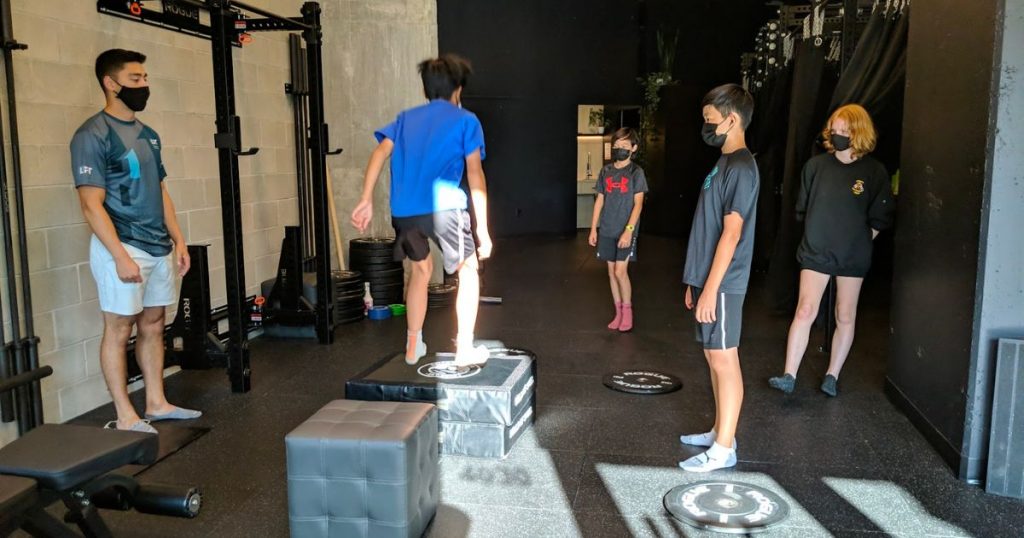
Examples and cues for linear speed exercises:
We’ve listed some exercises below that will get you started on your linear speed training. If you’re looking to see these exercises in action, visit our Instagram Page linked above to see a video of all the exercises!
Exercises to improve acceleration:
Kettlebell swing
- Feet slightly further apart than shoulder width
- KB stays above the knees as you bring the KB between the legs and hinge the hips backward
- To come back up, the hips press forward, and the arms guide the KB up – stopping at about shoulder height
Explosive step up
- Step up onto a surface – like a bench – that allows you to get into about 90 degrees of flexion at the hip and knee
- Press through the foot that’s on the bench to jump into the air as high as possible
- While in the air, switch feet and repeat on the other side
Weighted Vertical Jump
- Hold a KB or DB firmly with your hands between your legs.
- Squat down with weight evenly distributed through both feet to then jump into the air as high as possible and land in the same spot – repeat.
- You can pause in between each jump and reset and once you feel comfortable try performing the jumps continuously while keeping the weight stable.
Broad Jump
- Feet should be about shoulder width apart
- Arms Swing back while bending through the knees and hips
- Jump as far as you can while landing in the same position you started
- You can pause in between each jump to reset and once you feel comfortable, try performing the jumps continuously

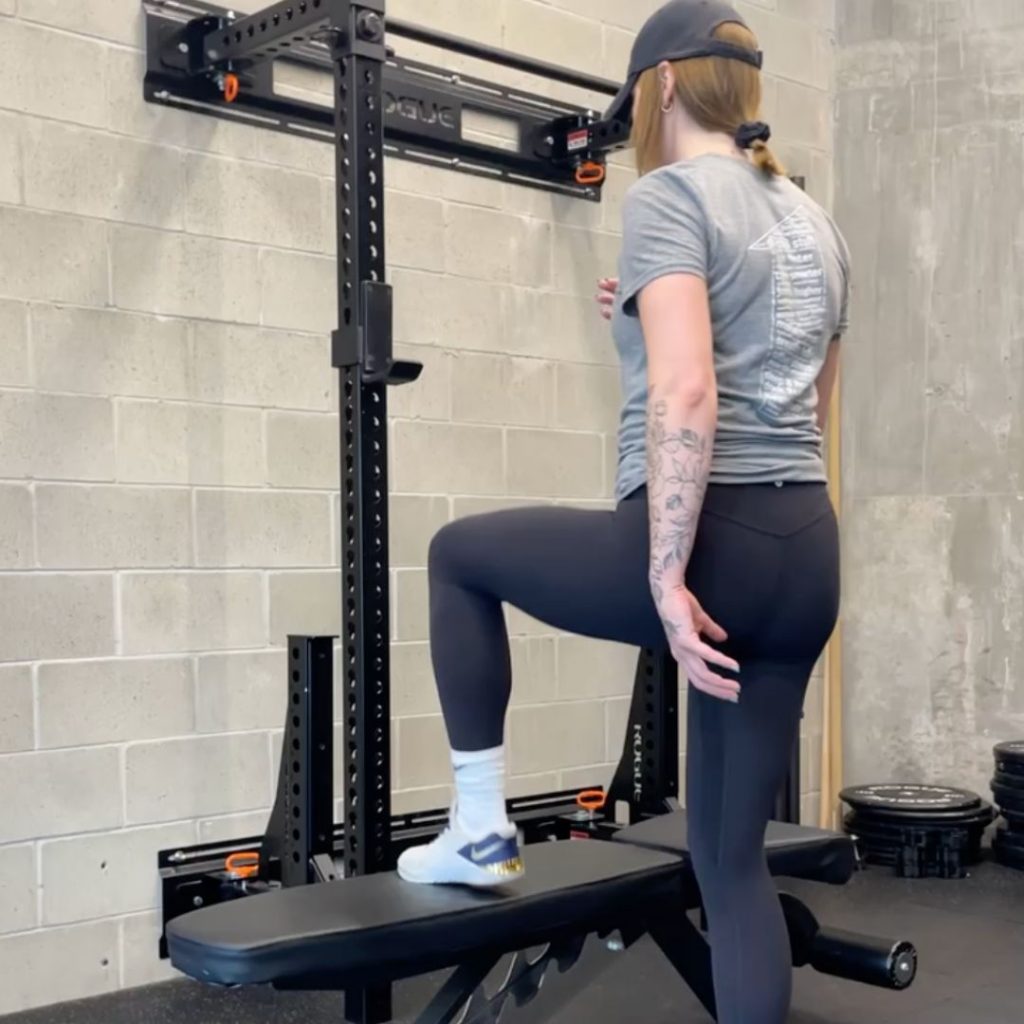
Exercises to improve acceleration:
Vertical jumps
- Hands come down as you bend through your hips and knees
- Leading with your arms, jump up as high as you can to land in the same spot you took off from
- Reset in between each jump and once you’re comfortable, make the jumps continuous!
Ankle Pops
- Keeping ankles stiff and toes to the sky, perform small hops across the floor
- Contact with the ground should be from the balls of the feet
- Try not to travel too far forward, with each jump rather trying to get in as many contacts on the ground from one end to the other.
- Knees should only be slightly bent upon landing
Straight Leg Box Jumps
- Using your knowledge from the ankle pop exercise, perform one ankle pop and land up onto a surface with slight bend in the knee upon landing onto the box (knees should never be completely locked on landing)
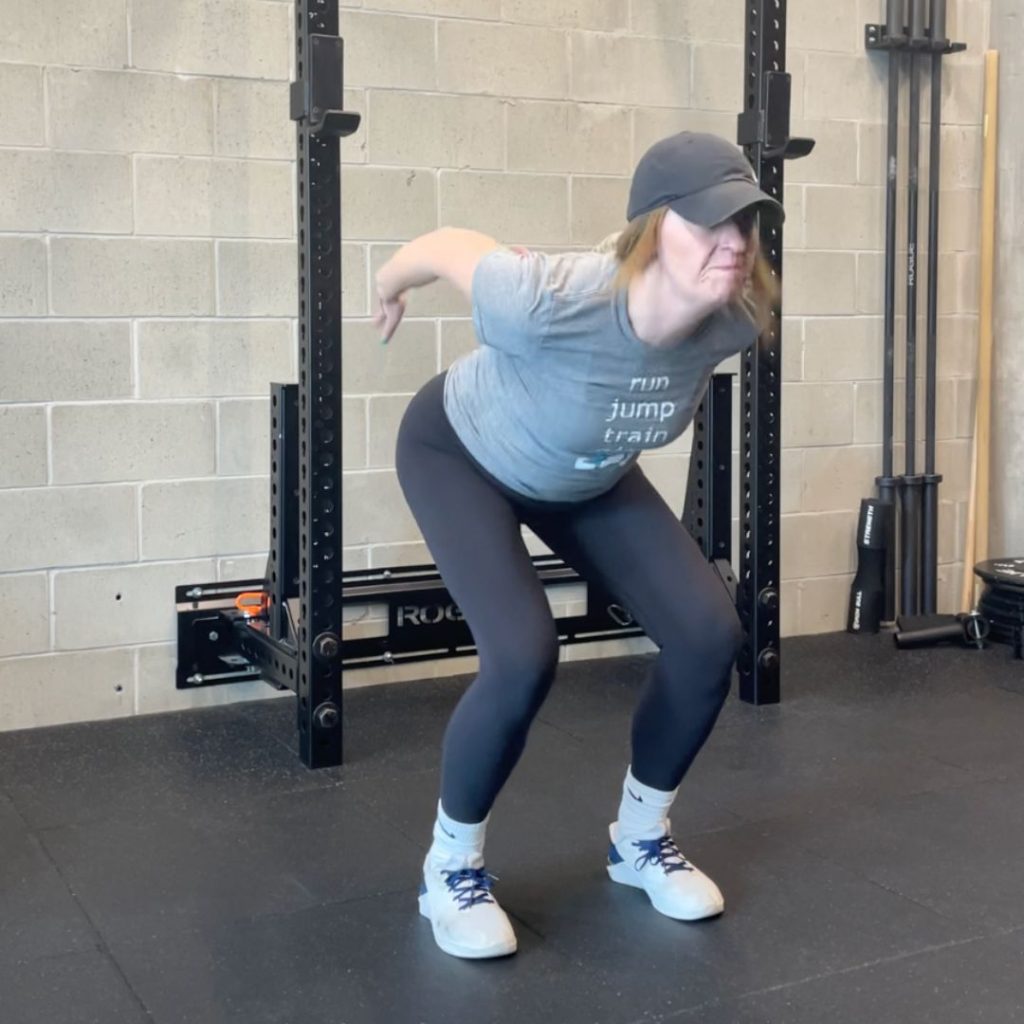
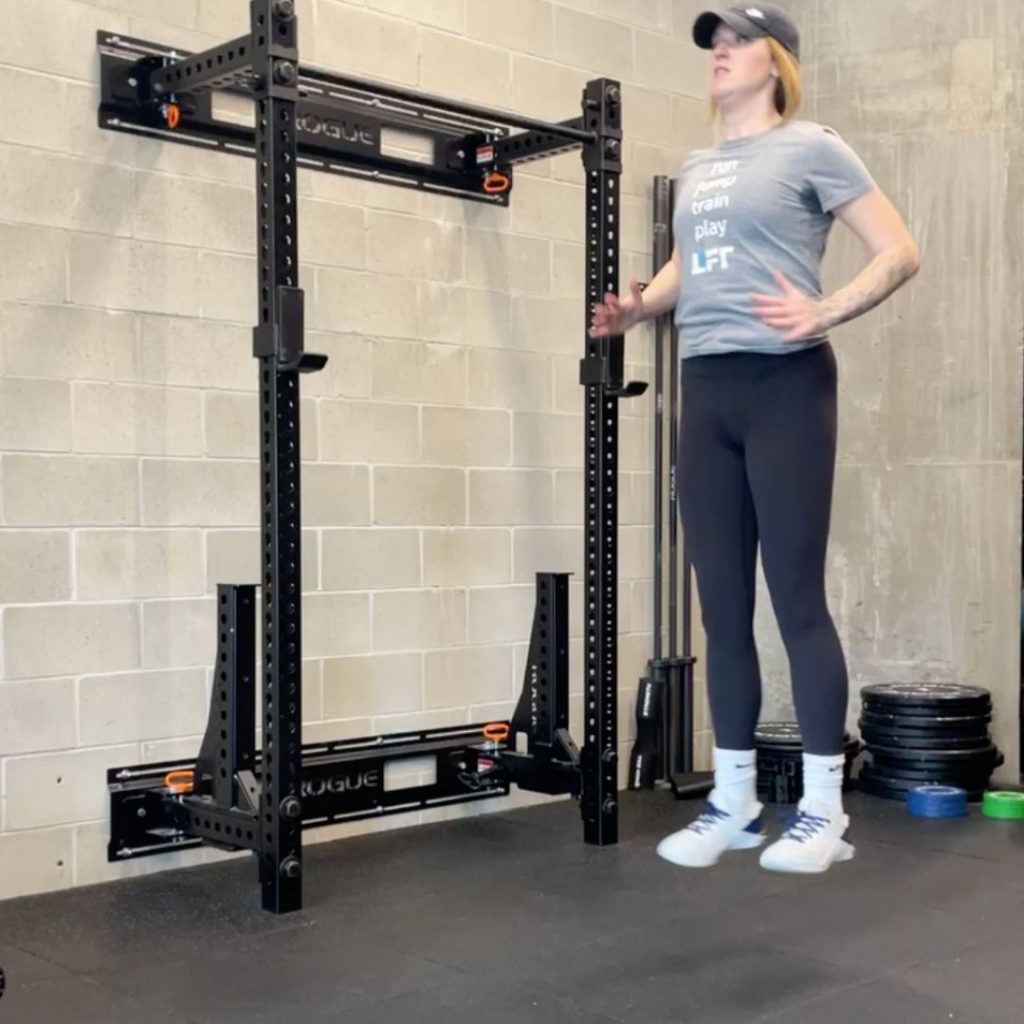
Key takeaways
We hope you’ve learned something about what makes up linear speed and how you can improve it. It’s important to note that these gym exercises should be supplemental to sprint training! The best way to get faster and more efficient at sprinting is to practice sprinting!
In the end, in most steam sports, speed is only one area in which athletes should be trying to enhance – stay tuned for future blogs on agility, change of direction, and deceleration which are just as if not more important for injury mitigation and performance!
If you or a group of friends want to get a jumpstart on sprinting faster, you can book with our strength coaches who offer individualized coaching and programming for all your speed and strength needs!
